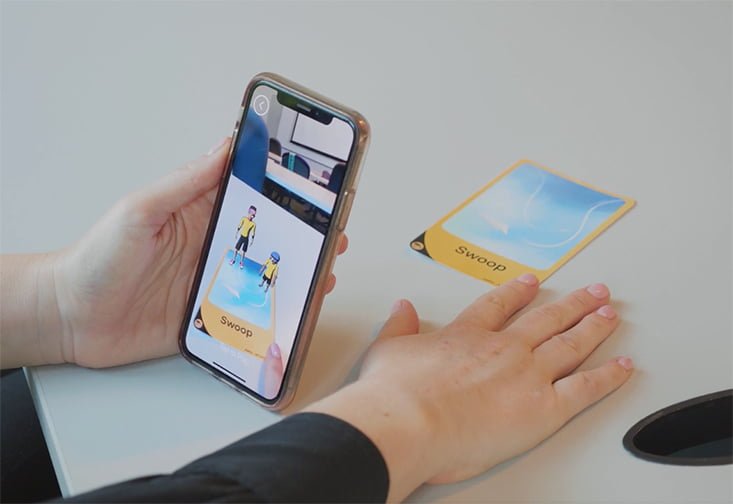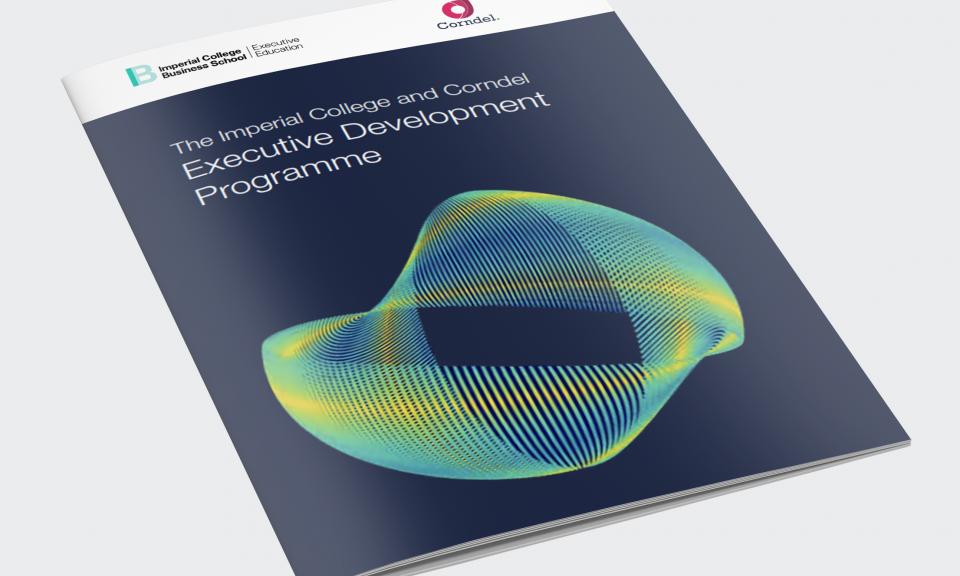
GCTC, touted as one of the fastest-growing community colleges in the nation, offers targeted education in sought-after careers, such as manufacturing trades programs. Because of the degrees and certifications offered, GCTC is almost at capacity for these programs – however, that was not always the case.
“When I started at GCTC 15 years ago, I had three students in the machine tool program and the president told me I had 5 years to build up the student enrollment or it would go away,” says Wright, associate professor, division chair – manufacturing and trades technologies, program coordinator – computerized manufacturing and machining technologies. “I got my start in manufacturing through an apprenticeship program, and I thought I needed to work with the industry around us to see what their needs were regarding apprenticeships and a lack of skilled workers. They jumped on the idea of working with us, and from that point on, it’s just grown.”
GCTC is situated in a manufacturing hub – surrounded by Northern Kentucky, parts of Southern Indiana, and with Cincinnati, Ohio, to the north – giving Wright a wealth of partners with which to develop apprenticeship programs. Programs are operating with more than a dozen companies from hydraulic equipment suppliers to machine tool builders. The direction of the apprenticeship programs varies from company to company, but all students start by taking five basic classes before beginning a specific program track.
While the largest group of students take the Manufacturing Technology Engineering (MTE) path – with more than 125 enrollees now – the rest of the programs have enrollment between 50 and 70. Each program leads to a 2-year degree with the option to earn certifications along the way should the student not continue through the full program.
MTE students earn certificates in integrated manufacturing technologies, quality control, manufacturing operations, and mechatronics while working toward their Associate in Applied Science – Manufacturing Engineering Technology.
Machine choice
Beyond growing a bond with local companies to develop apprenticeships, Wright knew that GCTC needed to modernize if this program was going to last. The facility had two archaic CNCs – so old they were tape-punch driven. The rest of the equipment was manual. So he started writing grant applications and received a few donations, but he needed more equipment and only had limited space in which to house it. The machine tool program was moving to a new facility and the college president didn’t want old equipment taking away from this modern-day building. That is when he turned to Southwestern Industries (SWI) and their ProtoTRAKs.
“When I was a machinist I had worked on ProtoTRAKs and knew their capability to run manually or as a CNC. This was exactly what would help grow this program – investing in a machine that could grow with the program in the limited space we had,” Wright says. “We now have eight ProtoTRAK mills and four ProtoTRAK lathes. In one facility, we can teach a manual class to a group of students using the ProtoTRAKs, and we can then immediately turn around and use the equipment to teach a programming class. It’s a win-win for our facility to optimize space and for the students, who learn from the ground up.”
In addition to their dozen Southwestern Industries machines, GCTC also has a Mazak VMC, a Fives VMC, a Haas mill, and a Haas lathe. Additional grant writing and Federal Perkins Act funding led to the purchase of BOB-CAD, used for the beginner class, as well as Mastercam, which students advance to after BOB-CAD.
Education partner
Southwestern Industries has strong ties to addressing the shortage of skilled machinists through their corporate program – SWI for Education. Bruce Meredith, head of marketing for Southwestern Industries, states that learning machining is like climbing a ladder. The first rung of the ladder consists of learning manual machining while the fourth and final rung consists of learning CNC with G-code and CAM.
“One Southwestern Industries mill or lathe can be used to teach students manual turning or milling all the way through CNC turning or milling. Because one machine can be used to teach all levels of students – beginning, intermediate, and advanced – these products are ideal for institutions on a tight budget that also want to save on floor space and utilities,” according to Meredith.
A student begins his climb up the ladder by running the ProtoTRAK CNC control in manual mode – accomplished by the simple push of a button. In climbing the second rung of the ladder, Meredith explains that students learn at the machine or off-line how to use ProtoTRAK CNC conversational language, DXF and Parasolid file conversion software, and Verify machining simulation software. Additionally, the ProtoTRAK CNC conversational language allows students to use SWI’s TRAKing feature, which enables them to run their CNC programs by turning the handwheels. Control of the program speed is by the wheels – faster, slower, stop, or reverse – an ideal tool for proofing programs and increasing student and instructor confidence.
On the third rung, students learn networking with the machines. Generating, editing, and running G-code is the fourth step, which also includes learning off-line and working with at-the-machine text files and CAM-generated code.
“ProtoTRAK CNC conversational language really bridges the gap between manual machining and G-code. It is a popular programming language that is powerful yet easy to learn and use,” Meredith explains.
In many cases, students who have learned manual machining can learn CNC conversational programming and be up and running within the first day of instruction. Not only does this build student confidence, it may also increase student retention rates by providing instant gratification, and new students are learning a skill set that is in demand across the country.
Future students, growth
Although the school is nearing maximum capacity, Wright continues to cultivate students. He is considering adding a second and third shift of classes, but is often challenged by prospective students and their parents who don’t understand the industry today, as well as his need for more equipment donations.
“We are now targeting kids in high school, which is a challenge because schools are really pushing kids to 4-year degrees. But a lot of them just don’t want that. So, we send prospective students to visit these manufacturing facilities, and once a student graduates high school, many get hired immediately,” Wright says. “The apprenticeship partner company then sends the recent hire right back to GCTC for training, certification, and/or a 2-year degree. It’s a win-win for everyone because the high school graduate has a job, the company has an employee being trained, and we get students.”
Not all apprenticeship programs run that way, as Wright has designed his programs to provide what the company wants. Options include a 2-year schedule for students or part work and part schooling with full-time pay – allowing students to earn the technical certificates the company needs.
Providing multiple training options is Wright’s way of address a phrase being used repeatedly these days – those dreaded words, “lack of skilled workers.”
“These manufacturers are in desperate need for people to go into the trades. Kids and parents don’t know what it is like in a factory today. They imagine old nasty smokestacks and dirty floors and walls,” Wright says.
Those in the industry know it’s not like that, so Wright and many others work tirelessly to get the new message to students. The ability to show a young person on day one how to program using ProtoTRAKs – having them see their progression in learning and skills on the same machine – really influences their commitment to stay with manufacturing. Finding those students takes a creative approach.
“We now have science, technology, engineering, and mathematics (STEM) days and gather about 700 students throughout the year to spend time with us at GCTC for a half-day and with a manufacturer for a half-day. We have students engrave their own name on a nametag to start the day, then we have three, 20-minutes sessions where we spend time with the students talking about a topic in industry,” Wright says.
Digging deeper into a student’s interest helps Wright direct them down the right path. He asks what they like, their interests, and their hobbies, so he can point them toward something that makes them tick. Truly taking the time with the student to see what they need, and pointing them in the right direction, is paying off for Wright and GCTC.
“After that day, they get excited at what they can see in their future. To us and the companies that run apprenticeship programs, that student is a future employee to combat the skills shortage,” Wright concludes.
[“source-onlinetmd.com”]












